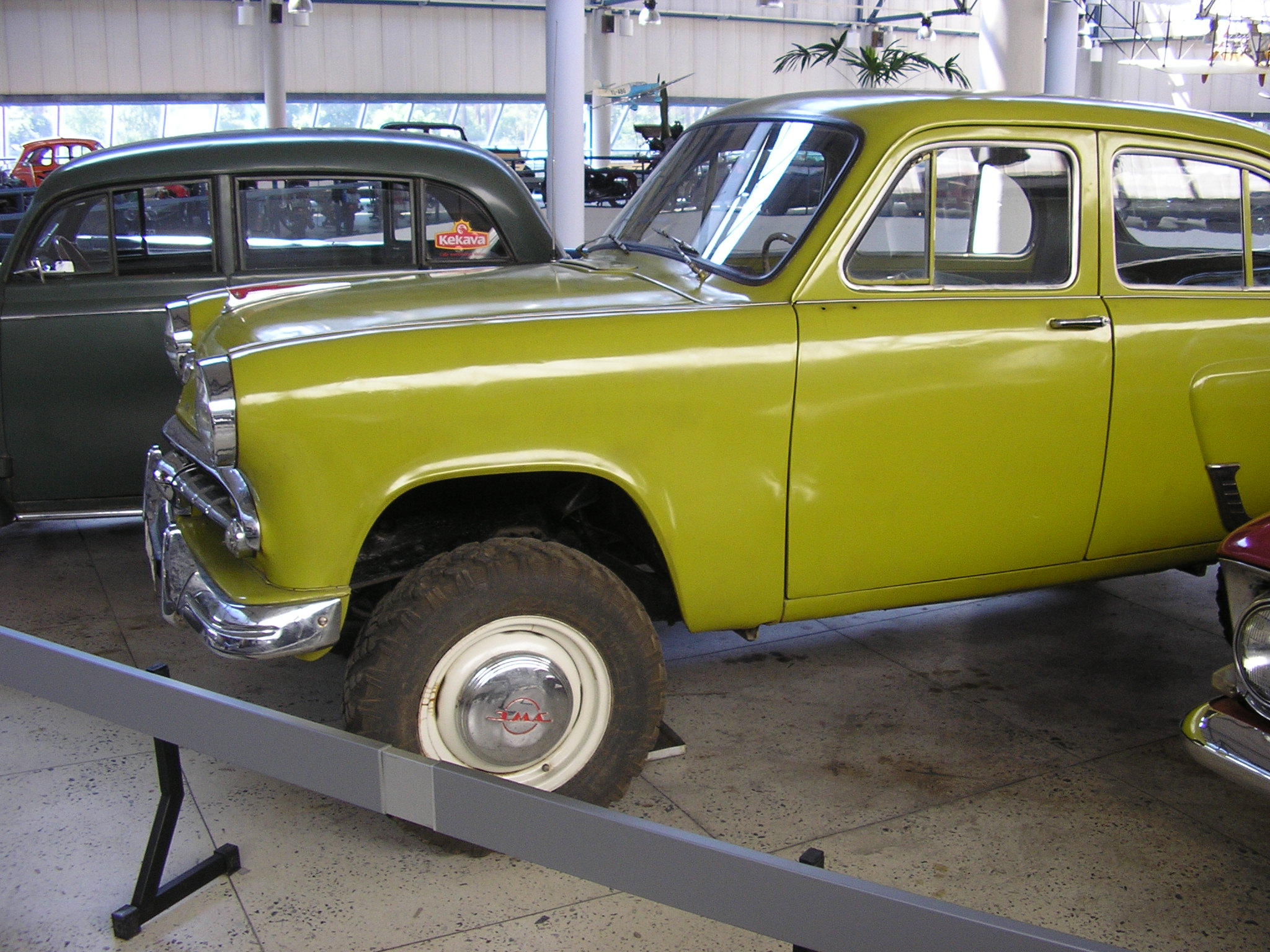Zadachi po administrativnomu pravu rk s otvetami movie. Cat Mario 2, 3 Match Unblocked Syobon Steps is usually a 2D Japanese foundation freeware indie video game produced in Feb 2007.

Jul 31, 2018. 4, /media/system/js/mootools-more.js, mootools.
• 945 kg (2,083 lb) (1964-1969) • 1,045 kg (2,304 lb) (1969-1976) Chronology Predecessor Successor The Moskvitch-408 (also referred to as the Moskvich-408, and M-408) series is a produced by the car manufacturer / between 1964 and 1975. The first prototype was made in 1960.
The M-408, the first of the series, replaced the as the main production model; it had a longer than the 407. Design work started in 1959, and the first prototype appeared in March 1961.
The first production 408 was built 1 August 1964, and the 408 was given its official debut on October 21. First marketed body styles of the main version were a four-door (base), five-door (the model M-426, an upgrade of second generation M-423 and M-424), and a three-door (the M-433, an upgrade of the second generation M-432 delivery pick-up). The IZh-408 was a duplicate version of the car made by factory in from 1966 to 1967. It was then replaced in production by the. In 1976, alongside the M-412, the series were succeeded by the third generation series. Contents • • • • • • • • • • Production series [ ] There were two distinct series of the M-408, which both used the same name. On 20 August 1966, Moskvitch produced its 100,000th M-408.

The first series of cars were produced between 1964 and 1969 in. These automobiles had vertical rear lights, two or four round, a front bench seat, and a 4-speed with column mounted. The length of the standard model was 4,090 mm (161.0 in).
The second series was produced between 1969 and 1976. It had the same engine and transmission as its predecessor, but an updated body fitted with rectangular headlights and horizontal rear lights, with triangular turn signal markers mounted on tailfins.
Also it had separated bucket seats and the transmission used a floor-mounted gear lever. Between 1966 and 1967, the car was also produced by the IZh military factory in the city of Izhevsk, carrying the IZh-Moskvitch-408 name — though usually called simply 'IZh'. This car was a version of the MZMA Moskvitch-408. It was replaced in production with the IZh-412, a copy of the M-412, starting in 1967 and up to 1976.
Moskvitch-408 second series Development [ ] The M-433 debuted in mid-December 1966, early models having a dividing with a small behind the driver; later, the height was reduced so the driver could reach the cargo box. The rear door was split in two halves, top and bottom, while the solid sides were corrugated, rather than smooth as was typical in Western deliveries. The M-426 appeared in March 1967; like the delivery version, it had stiffer rear springs.
In 1967, the M-408 models were facelifted with a different grille and logo design, also featured on the co-produced model. Both cars shared similar exterior design, with a slightly modified interior and new engine for the M-412. In 1969, after a complete revamp of the body design occurred, the company introduced new taillights, and somewhat thicker interior dashboards. Later on, a more advanced car built on the same platform would be known as the. Moskvitch designed a prototype fastback in March 1964, the M-408 Tourist, with aluminum body panels and vertical taillights. Only two were built. Appearance and interior [ ] The car had modern features for 1964: squared-off body with flat roof panel and sharp tailfins, panoramic rear window and semi-panoramic windshield.
Deluxe versions had then-fashionable quad headlights and (some series) two-tone paint. Since the layout of the first prototypes was created on the basis of the preceding, the rear end design of the pre-facelift models inherited such characteristic features of the previous Moskvitch series as tailfins decorated with chrome trims, narrow taillights, a recognisable trunk handle, and a fuel tank flap in the middle, behind the number plate.
The interior featured a stylish trapezoidal instrument cluster, column-mounted gear shift lever (until 1973), effective heater and had a then-common practical (vinyl) upholstery (colour-coded). Technical details [ ] The M-408 was a conventional economy car powered by a 1357 cc straight-four, producing 50 hp (37 kW) at 4750 rpm (60.5 SAE hp). After 1967, the assembly of the engines was done by in. One two-barrel down-draft was used. The car was initially equipped with self-adjusting manual drum brakes, then from 1969 with power brakes with a hydrovacuum servo and a split circuit. This Moskvitch was the first Soviet-built car to have deliberate safety equipment (since 1969):, a safer steering column, a soft grip steering wheel cover, soft interior parts, seat belts, a padded, and a split circuit braking system.
Sales [ ] The car sold well in both the Soviet Union and other countries and was sold for export. In the USSR, the M-408/412 was the second best selling Moskvitch for the whole 1970s decade, bested only by its successor, the M-2140. In order to make it more competitive, the car was often upgraded during the time of its production and equipped with better gearboxes, more powerful 75 h.p. Motors, hydrovacuum brake boosters, etc. Export models (408E) had quadruple headlights. The car was sold in as the Moskvitch 1300, as the Moskvitsh Elite (408)/Elite De Luxe (408E)/Elite 1300 in and as the Moskvich Carat in.